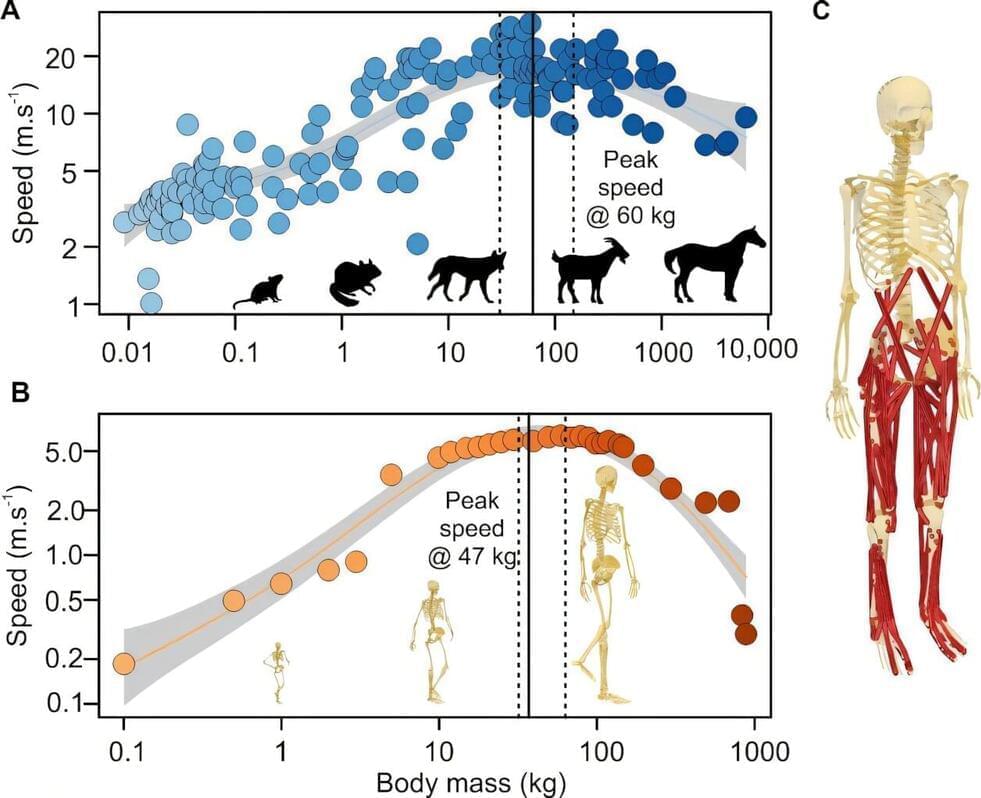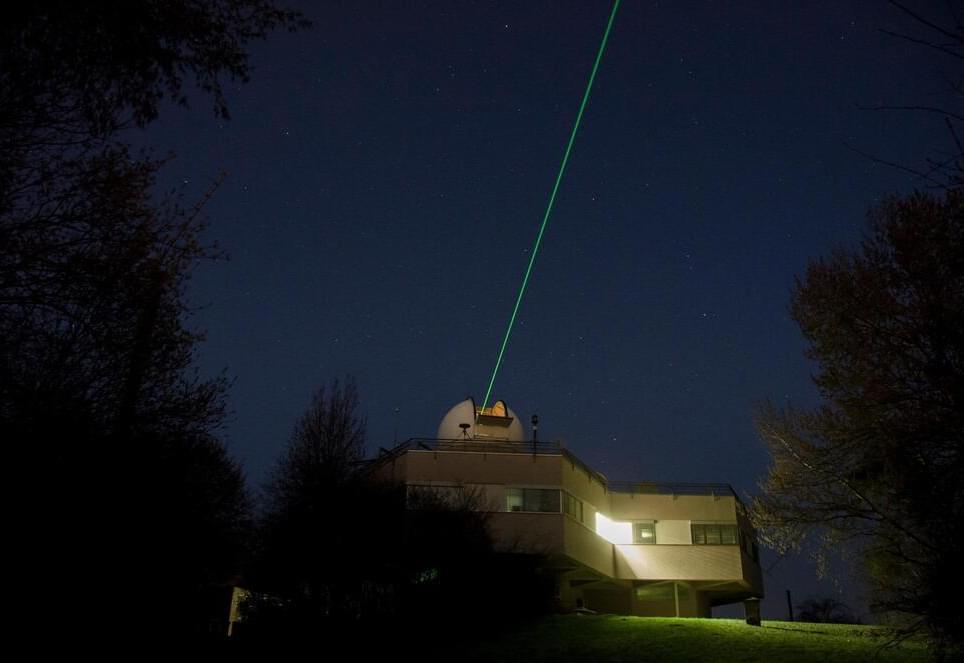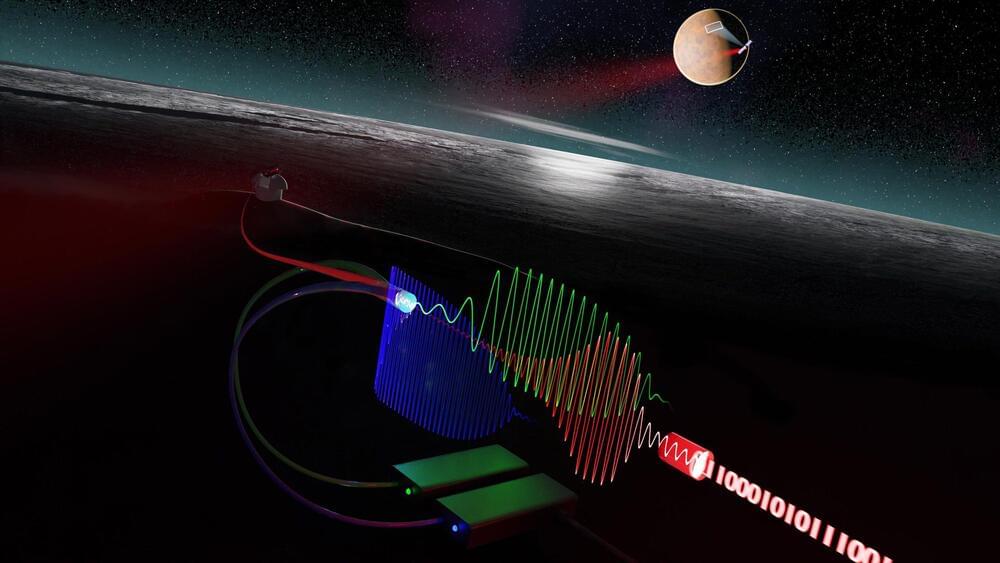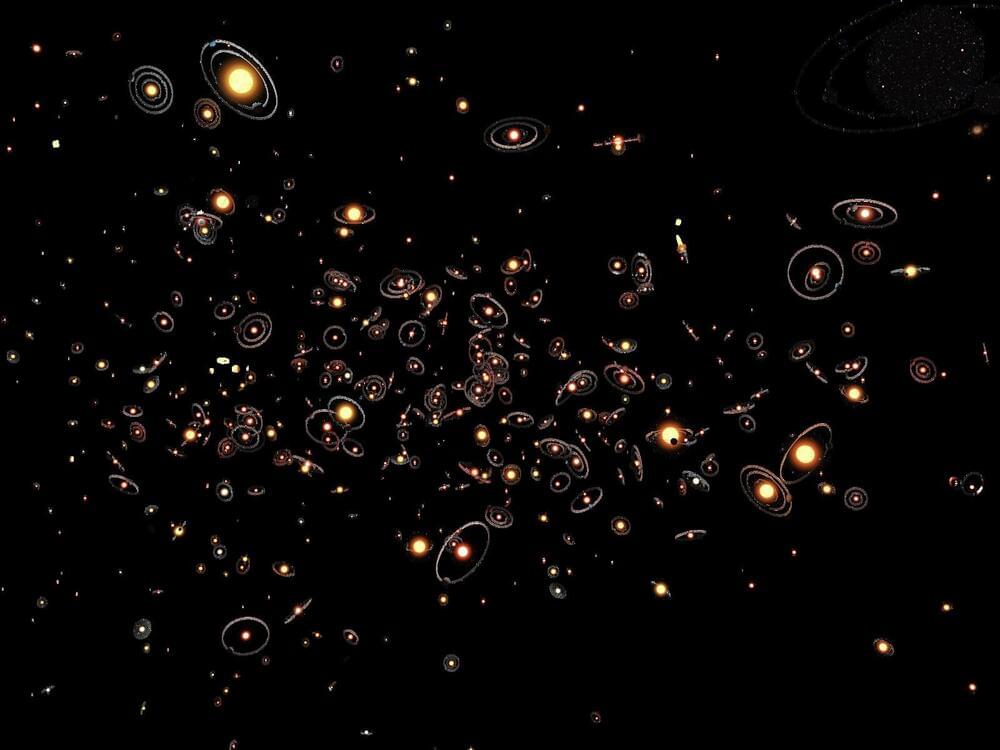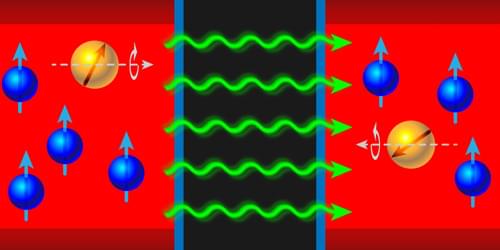Nov 9, 2024
Geodynamic mantle-flow model explains deformation of continental crust block in North China
Posted by Saúl Morales Rodriguéz in category: futurism
Cratons are fascinating yet enigmatic geological formations. Known to be relatively stable portions of the Earth’s continental crust, cratons have remained largely unchanged for billions of years. Although cratons have survived many geological events, some are undergoing decratonization—a process characterized by their deformation and eventual destruction.

